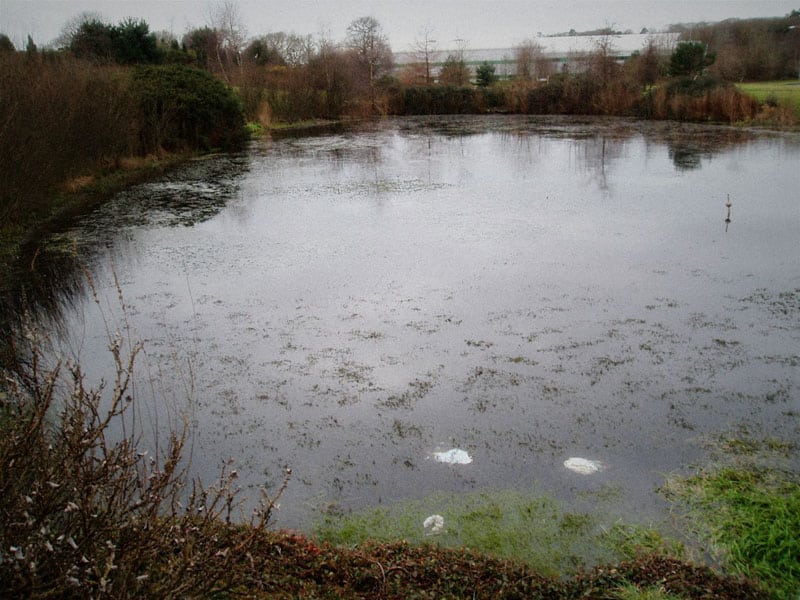Andrea Albergoni

Crassula in Pond © Andrea Albergoni
‘If I have seen further than others, it is by standing upon the shoulders of giants’.
Isaac Newton
As a student who has now completed his first major academic project, I could not agree more with the essence of this quotation.
In the summer of 2012, I began research for my dissertation for my degree. The study focused on the invasive non-native plant species, Crassula helmsii in aquatic environments around London. Through this investigation, I aimed to evaluate the adaptability of C. helmsii and some of its invasive behaviours in small aquatic habitats. Observations of its distribution and of the environmental factors associated with its preferred habitat were required to understand the association between C. helmsii and other species and to ultimately assess potential threats to local biodiversity.
The primary stage of my research was to be meticulous fieldwork around London’s ponds to collect the data necessary for analysis. Here, I came across the first major complication: where to find ponds in which this plant species was present without wasting weeks walking around nature reserves and parks looking for a needle in a haystack? The solution to what seemed an insurmountable problem came from GiGL.
In the first instance, I used the NBN Gateway interactive map and its single species selector tool to display the distribution of C. helmsii around the British Isles. But the data provided by NBN was not specific enough. The records were only available at a resolution of 1km grid squares, making it extremely hard for me to understand in which water body Crassula had been found. I emailed NBN officials, to request access to the dataset at a higher resolution. They advised me to contact the organisation that had provided the data for my area of interest – GiGL. After another quick exchange of emails with GiGL staff and submitting an official form to request access to the GiGL data; in which I agreed to data confidentiality and that the data would be used strictly for this research; I finally acquired a full dataset of locations in which C. helmsii was recorded. Now, my investigation could finally start.
Nine months later, my dissertation project was complete and ready to be submitted to the university. As agreed with GiGL, I forwarded a copy of my project to them with an updated version of the dataset I had compiled during the fieldwork. A copy of my research was also sent to LISI (the London Invasive Species Initiative). It has been a great honour to supply the outputs of my research, knowing that I was contributing to the work of reputable organisations that are directly involved in outlining and implementing strategies for the management of invasive non-native species in the capital. The integration of my research into the GiGL dataset has, I feel, helped to validate our collaboration. I believe GiGL provides an important tool for students and is representative of the quintessence of scientific research.
“This kind of co-operative working with researchers is the foundation, and a great example of, best practice working. There are many people in London working with and building on our knowledge of invasive species and it is important to share what we find. This of course includes, not only location data, but the findings of other research projects as well. Thanks to Andrea for sharing his data. It will allow other students, researchers and organisations to build on what he has found.” Karen Harper, LISI Manager
At the time of his research, Andrea Albergoni was studying for a BSc in Sustainable Development at Kingston University. His particular interest in ecology and conservation developed at a young age, thanks to the many years spent in scouting organisations and in contact with the nature of his native land, the Italian Pre-alps. Andrea has recently started an MSc in Conservation and Tourism at Kent University and in the future hopes to spend time working on conservation projects that reduce the impact of the Eco-tourism industry.
